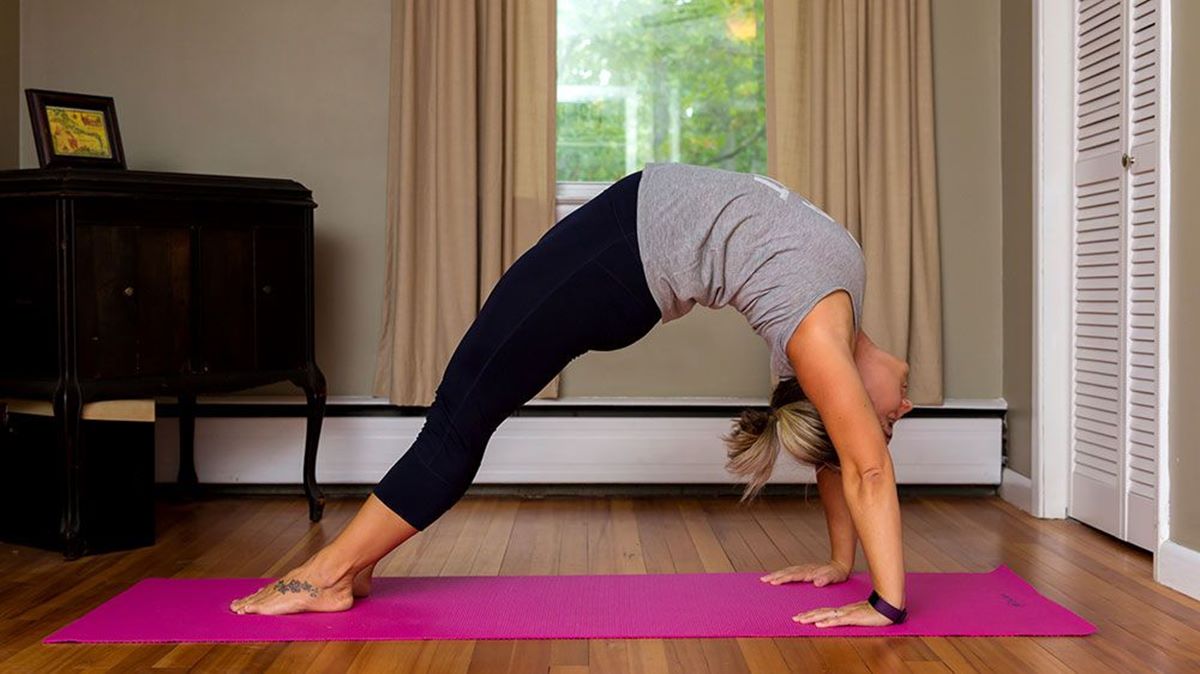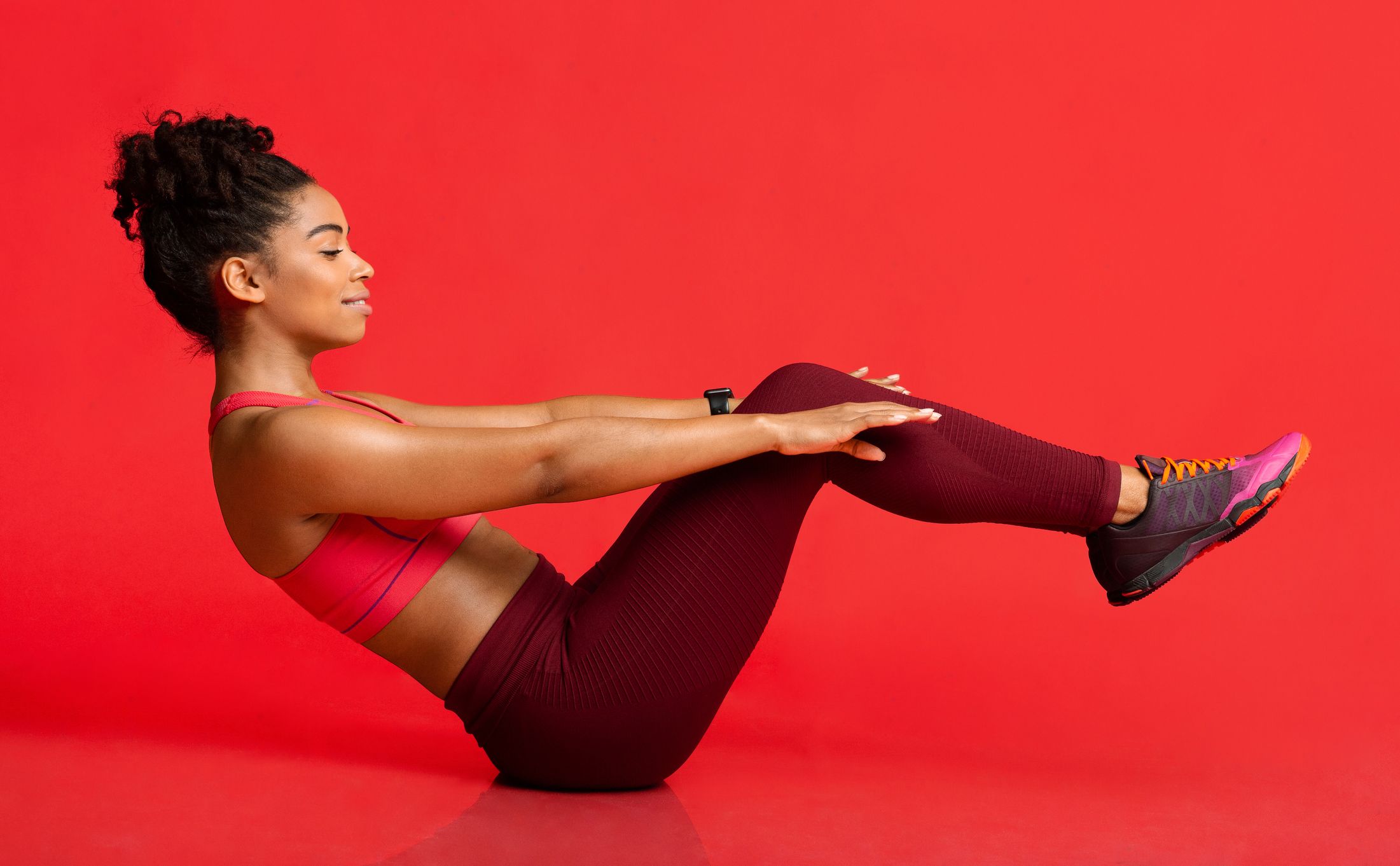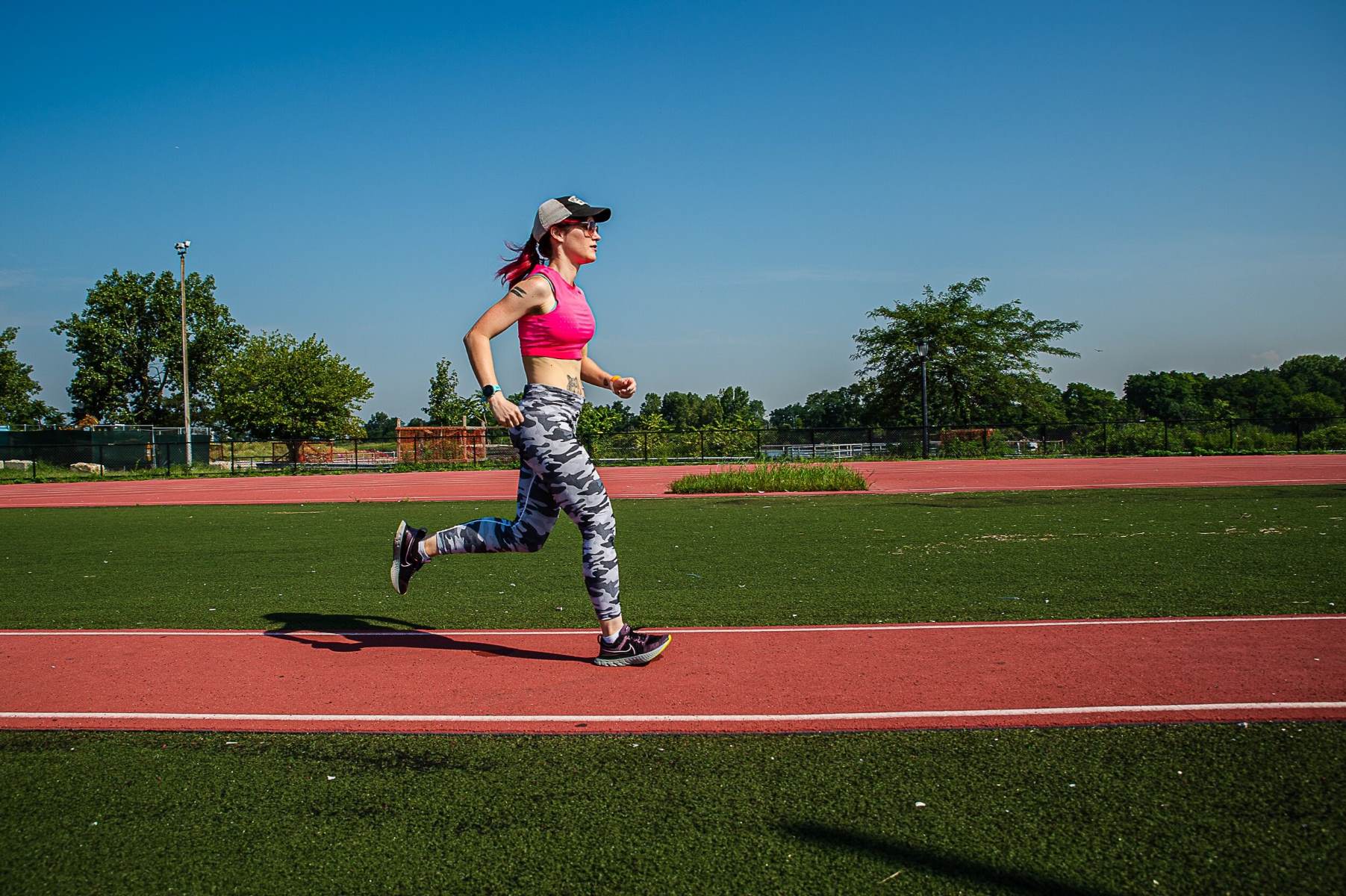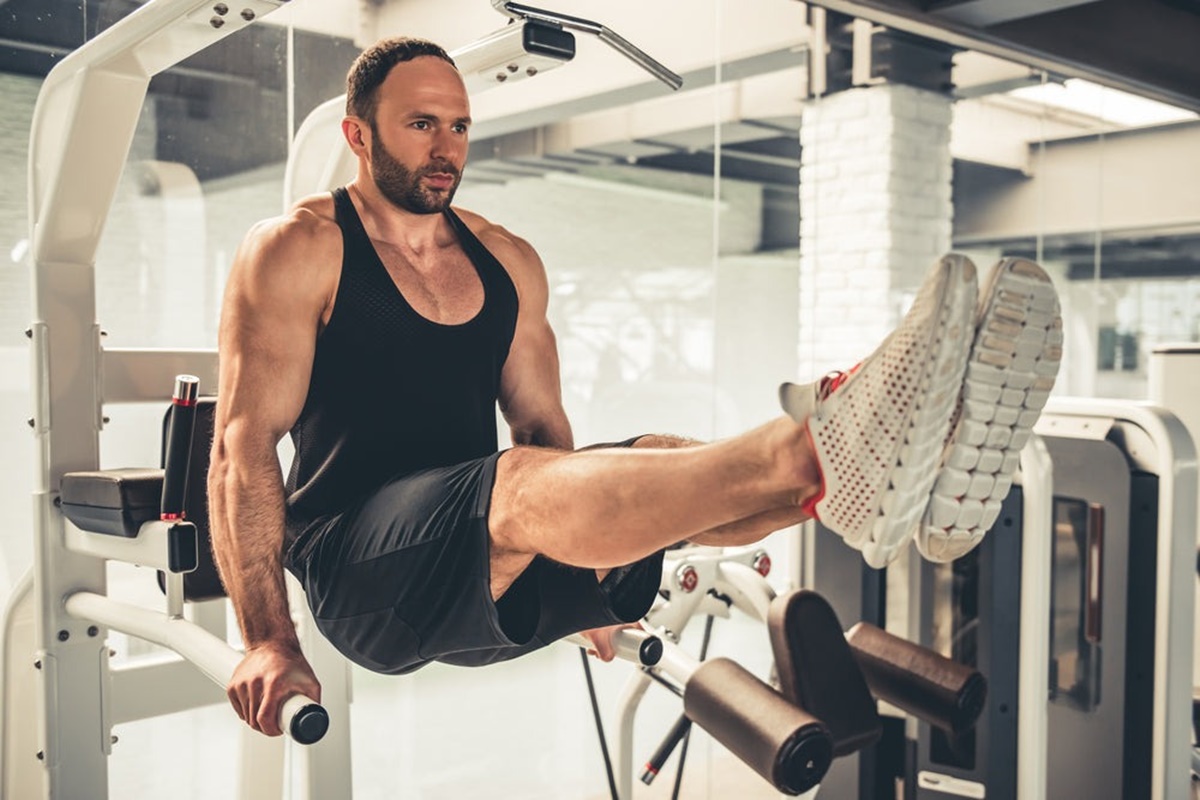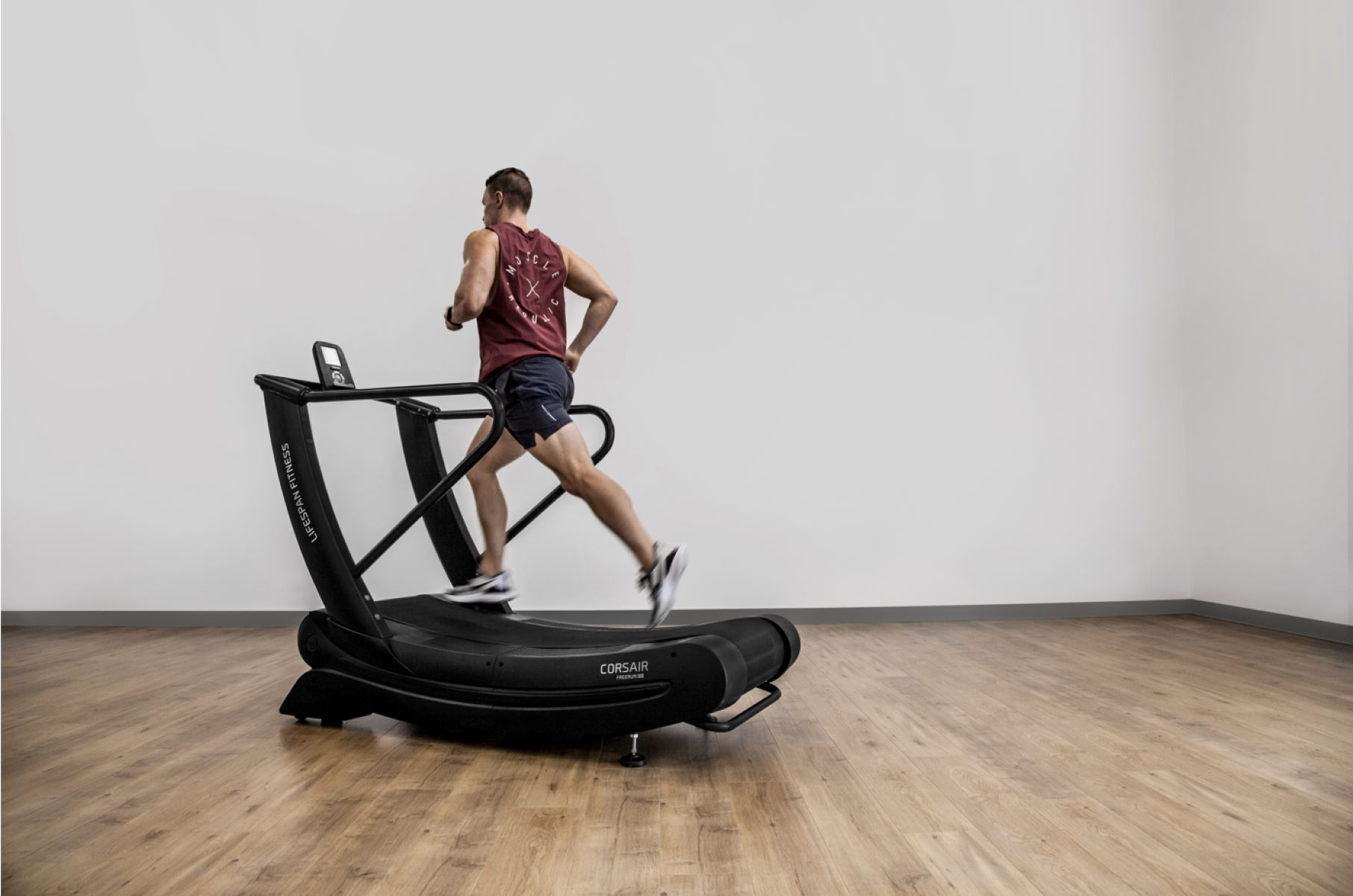

Featured
How Many Glute Exercises Per Workout
Modified: March 1, 2024
Discover the best glute exercises to include in your workout routine. Gain strength and definition with our featured exercises for maximum results.
Introduction
Welcome to the world of glute exercises! Whether you’re a fitness enthusiast or just starting your fitness journey, targeting your glutes is essential for a well-rounded workout routine. Strong glute muscles not only enhance your physique but also improve athletic performance and support overall lower body strength. In this article, we will explore the benefits of incorporating glute exercises into your workouts and delve into the factors to consider when determining how many glute exercises to include in each workout.
Our glute muscles, including the gluteus maximus, gluteus medius, and gluteus minimus, play crucial roles in various movements, such as walking, running, and squatting. By strengthening these muscles, you can enhance your stability, generate more power in your lower body, and even reduce the risk of injuries in the lower back, hips, and knees.
When it comes to determining the number of glute exercises to include in each workout, it’s essential to consider various factors, including your fitness level, workout goals, time availability, and the intensity of each exercise. By striking the right balance and incorporating an appropriate number of glute exercises, you can maximize your gains and avoid overtraining or burnout.
In the following sections, we will delve deeper into the benefits of glute exercises, discuss the factors you should consider, and provide guidance on how to determine the right amount of glute exercises in your workouts.
Benefits of Glute Exercises
When it comes to working out, the glute muscles are often overlooked. However, neglecting these powerful muscles can limit your overall strength and athletic performance. Incorporating glute exercises into your workout routine comes with a plethora of benefits.
1. Improved Strength and Power: The gluteus maximus, the largest muscle in the body, is responsible for hip extension, which is essential for movements like squats, deadlifts, and sprinting. Strengthening your glutes can greatly enhance your lower body strength and power, allowing you to perform better in various activities and sports.
2. Enhanced Stability and Balance: Weak glute muscles can lead to imbalances in the lower body, which can result in poor posture, hip, knee, and lower back discomfort, and even injuries. By targeting and strengthening your glutes, you can improve your balance and stability, reducing the risk of falls and injuries during physical activities.
3. Improved Athletic Performance: Whether you’re a runner, dancer, or an athlete participating in sports like basketball or soccer, strong glute muscles can significantly enhance your performance. The glutes are responsible for initiating powerful movements, including explosive jumps, quick changes in direction, and maintaining stability while moving.
4. Enhanced Aesthetic Appearance: Let’s be honest – strong and toned glutes look fantastic! Incorporating glute exercises into your routine can help shape and define your backside, giving you a more sculpted and well-rounded physique.
5. Better Posture and Spinal Alignment: Weak glute muscles can contribute to poor posture, especially an anterior pelvic tilt, which can lead to lower back pain. Strengthening your glutes can help correct postural imbalances and promote better spinal alignment, reducing discomfort and enhancing overall posture.
By engaging in regular glute exercises, you can unlock a wide range of benefits that go beyond aesthetics. Strengthening your glutes will positively impact your overall physical performance, reduce the risk of injuries, and enhance your overall well-being.
Factors to Consider
When determining how many glute exercises to include in each workout, several factors should be taken into consideration. These factors will help you tailor your routine to your fitness level, goals, and available time. Here are some key factors to consider:
1. Fitness Level: Beginners may need to start with fewer glute exercises and gradually increase the intensity and volume over time. On the other hand, experienced individuals may require more exercises to challenge their advanced fitness levels. It’s important to listen to your body and progress at a pace that is suitable for you.
2. Workout Goals: Your specific goals will also influence the number of glute exercises you incorporate into your routine. If your primary goal is to build muscle and increase strength, including more compound glute exercises like squats and hip thrusts will be beneficial. If you’re focusing on endurance or toning, lighter exercises such as glute bridges or clamshells can be effective.
3. Time Availability: Consider the amount of time you have available for each workout session. If you have limited time, you may need to prioritize and choose a smaller number of glute exercises that target multiple muscle groups simultaneously. On the other hand, if you have more time to dedicate to your workout, you can include a greater variety of glute exercises to fully engage and challenge your muscles.
4. Intensity and Volume: The intensity and volume of your glute exercises will determine how many you can effectively incorporate into each workout. If you’re performing high-intensity exercises like heavy squats or lunges, you may need to reduce the overall number of exercises to avoid overexertion. Conversely, if you’re performing lighter exercises, you may be able to include a larger number of exercises while maintaining proper form and technique.
5. Rest and Recovery: Remember to prioritize rest and recovery. Overtraining can impede progress and increase the risk of injury. It’s important to allow your glute muscles time to recover and adapt to the exercises. Aim for at least one day of rest between glute workout sessions, or incorporate active recovery activities like light cardio or stretching on rest days.
By considering these factors, you can tailor your glute workout routine to fit your individual needs and goals. Adaptability is key, and it’s okay to experiment with different exercises and workout structures to find what works best for you.
How Many Glute Exercises per Workout
Now that we’ve discussed the benefits of glute exercises and the factors to consider, let’s dive into how many glute exercises you should include in each workout. Keep in mind that the recommended number can vary depending on individual factors, but here are some general guidelines to help you get started:
1. Beginners: If you’re new to glute exercises or strength training in general, starting with 1-2 glute exercises per workout is a good starting point. This will allow you to focus on proper form and technique while gradually building strength in your glute muscles.
2. Intermediate: As you progress and become more comfortable with glute exercises, you can gradually increase the number of exercises to 2-4 per workout. This will allow you to target different aspects of your glute muscles and continue challenging them for further growth and development.
3. Advanced: Advanced individuals who have been consistently training their glutes and have a higher fitness level can include 4-6 glute exercises per workout. This higher volume of exercises can help maintain muscle growth and strength in the glutes, as well as provide variety in the workout routine.
It’s important to note that the number of exercises is not the only determining factor. Each exercise should be performed with proper technique, and the intensity and effort put into each exercise should be sufficient to challenge your glute muscles. Quality over quantity is key. It’s better to perform a few exercises with excellent form and intensity than to rush through numerous exercises without focus.
Additionally, consider incorporating a mix of compound exercises (such as squats and lunges) and isolation exercises (such as glute bridges and donkey kicks) to target different muscles within the glute complex and maintain overall balance and strength.
Remember, these recommendations are just general guidelines, and it’s important to listen to your body. If you feel exhausted or overworked, it may be a sign to decrease the number of exercises or take a break. On the other hand, if you feel that you can handle more volume, gradually increase the number of exercises as you progress.
Lastly, don’t forget to warm up before your glute workout and cool down with stretches afterwards. This will help prevent injuries and aid in muscle recovery.
The Importance of Rest and Recovery
When it comes to glute exercises, it’s important to understand that rest and recovery are just as crucial as the exercises themselves. Many people underestimate the significance of allowing their muscles time to rest and repair, but it is during these periods that growth and progress occur. Here’s why rest and recovery are essential:
1. Muscle Repair and Growth: When you engage in glute exercises, you create tiny micro-tears in the muscle fibers. It is during rest periods that these tears are repaired, and the muscles grow stronger and more toned. Without adequate rest, the muscles can become overworked and fatigued, hindering progress and potentially leading to injury.
2. Prevention of Overtraining: Overtraining occurs when you put excessive stress on your muscles, often by not allowing enough time for recovery. Overtraining can lead to decreased performance, increased risk of injury, mental fatigue, and even a decline in overall health. Giving your glute muscles time to rest and recover is crucial to avoid overtraining and achieve optimal results.
3. Energy Restoration: Rest days give your body a chance to replenish energy stores and restore glycogen levels. This is especially important if you’re engaging in intense workouts, as it allows your body to recharge and perform at its best during subsequent workouts.
4. Injury Prevention: Rest and recovery play a crucial role in injury prevention. When you continuously stress your muscles without giving them time to recover, you increase the risk of strains, sprains, and other muscular imbalances. Taking rest days and allowing your muscles to recover helps reduce the likelihood of incurring injuries and keeps your glute muscles healthy and strong.
5. Mental Well-being: Rest days are not just beneficial for your physical health but also for your mental well-being. Engaging in constant intense workouts can lead to burnout and decreased motivation over time. Rest days allow you to recharge mentally, rejuvenate, and maintain a healthy balance between fitness and other aspects of your life.
Remember, rest days do not mean you have to be completely sedentary. Incorporating active recovery activities like light stretching, yoga, or low-impact cardio can help promote blood flow, reduce muscle soreness, and aid in recovery while still giving your glute muscles a break from intense exercise.
Listen to your body, pay attention to any signs of fatigue or overtraining, and adjust your workout schedule accordingly. By prioritizing rest and recovery as an integral part of your glute exercise routine, you will see improved performance, faster progress, and a reduced risk of injury.
Sample Glute Workout Routine
Now that we have discussed the benefits of glute exercises, factors to consider, and the importance of rest and recovery, let’s put it all together with a sample glute workout routine. Remember, this is just one example, and you can modify it based on your fitness level, preferences, and available equipment:
- Barbell Hip Thrusts: 3 sets of 8-10 reps. Place your upper back against a bench, and rest a barbell across your hips. Drive through your heels to lift your hips upward, squeezing your glutes at the top of the movement. Lower back down with control.
- Dumbbell Lunges: 3 sets of 12-15 reps per leg. Hold a dumbbell in each hand. Step forward with one leg, lowering your body into a lunge position, making sure your front knee stays aligned with your ankle. Push through your front heel to return to the starting position. Repeat on the other leg.
- Glute Bridges: 3 sets of 12-15 reps. Lie on your back with your knees bent and feet flat on the ground. Lift your hips by driving through your heels and squeezing your glutes at the top. Lower back down with control.
- Banded Clamshells: 3 sets of 15-20 reps per side. Place a resistance band just above your knees. Lie on your side with your knees bent and feet together. Keeping your feet together, open your knees apart, contracting your glutes. Return to the starting position with control. Repeat on the other side.
- Single-Leg Deadlifts: 3 sets of 10-12 reps per leg. Hold a dumbbell in one hand. Stand on one leg with a slight bend in the knee. Hinge at the hips, extending the non-standing leg backward and lowering the dumbbell towards the ground. Engage your glutes and hamstrings to return to the starting position. Repeat on the other leg.
Remember to warm up your glute muscles with dynamic stretches or light cardio before starting the workout. Focus on maintaining proper form and technique for each exercise, and rest for 60-90 seconds between sets. As you become more comfortable with the routine, consider increasing the weight or number of reps to continue challenging your glutes.
It’s important to note that this is just a sample routine, and you can customize it based on your preferences and fitness level. Consulting with a fitness professional can help you create a personalized routine tailored to your specific needs and goals.
Don’t forget to cool down with static stretching and foam rolling to promote muscle recovery and prevent tightness. And most importantly, listen to your body. If you experience pain or discomfort during any exercise, stop and seek guidance from a qualified professional.
Conclusion
Incorporating glute exercises into your workout routine can have tremendous benefits for your strength, athleticism, and overall fitness. The glute muscles play a key role in various movements and are essential for stability, power, and lower body strength. By targeting your glutes with the right exercises, you can improve your performance, enhance your physique, and reduce the risk of injuries.
When determining how many glute exercises to include in each workout, it’s important to consider factors such as your fitness level, goals, time availability, and the intensity of each exercise. Striking the right balance is crucial to prevent overtraining and maximize your gains. Remember to listen to your body, provide adequate rest and recovery, and gradually progress your routine to continually challenge your glute muscles.
A sample glute workout routine can help guide you, but feel free to customize it based on your preferences and fitness level. Always prioritize proper form, technique, and gradually increase the intensity as needed. If you’re new to glute exercises or unsure about your form, consulting with a fitness professional can be beneficial to ensure you’re performing the exercises correctly.
Lastly, don’t forget the importance of rest and recovery. Giving your glute muscles time to repair and rejuvenate is paramount for growth, prevention of overtraining, and overall well-being. Incorporate rest days and active recovery activities to promote muscle recovery and reduce the risk of injuries.
Remember, consistency and patience are key. Results may take time, but with dedication and the right approach, you can achieve stronger, more toned glutes and improve your overall fitness level. So, lace up your shoes, grab your resistance bands or dumbbells, and get ready to work those glutes!

